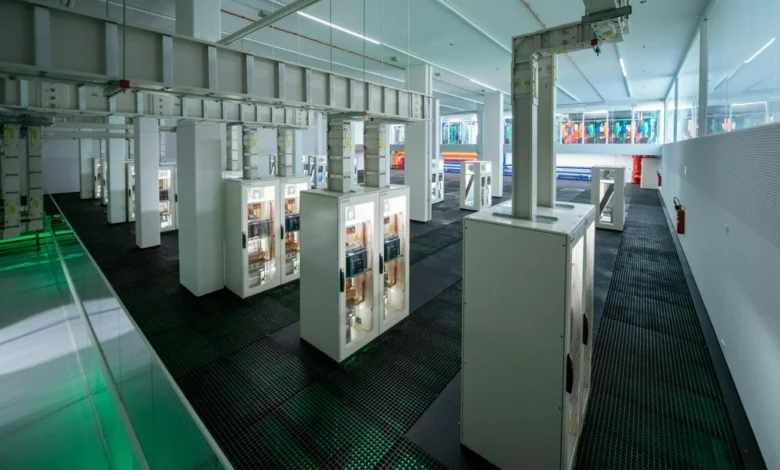
Not only the USA and China can achieve impressive results in the field of supercomputers. Europe has also been able to catch up in recent years in the development of true computing miracle machines. Now the Barcelona Supercomputing Center (BSC) wants to develop the next supercomputer made in Europe. The responsible parties do not want to set a new performance record with this one, but in view of a performance of a proud 314 PFLOPS, it should also be able to cope with large tasks.
Mare Nostrum 5 gets modifications
The new supercomputer from Europe is to go by the name “Mare Nostrum 5” and will be launched as early as next year. The composition of the system is particularly exciting here. After all, this is a glimpse into the technical future of NVIDIA and Intel. The graphics and processor hardware comes from them. Besides the brand-new Intel Xeons, H100 GPU accelerators from Nvidia are also supposed to work here. The development will not be new to connoisseurs of the industry. After all, it has already been certain since 2019 that Mare Nostrum 5 will come. However, the developers have done a commendable fine-tuning, the result of which is really worth seeing.
Originally, the project was supposed to devour 223 million euros. Now, three years later, it is clear that it will cost considerably less, 151.41 million euros. But this is by no means at the expense of performance. The 200 petaflops target has also been abandoned. Now, the system is expected to achieve an impressive 314 petaflops. The French tech service provider Atos has done a great job with this. Especially in view of the crazy mixture of components from the most diverse manufacturers, this result is anything but a matter of course. After all, Lenovo, ParTec and IBM, among others, also helped with the development alongside Intel and NVIDIA.
Supercomputer envisioned for use in the medical field
Like many other modern supercomputers, Mare Nostrum 5 is to rely on hot water cooling. This is to ensure that the powerful hardware always has the right temperature to be able to perform at its best. However, Atos does not want to create an environmental sin. For one thing, it wants to operate the supercomputer completely CO²-neutral with green electricity. On top of that, they want to use the heat generated directly to heat buildings using district heating. Mare Nostrum 5 will then be able to use its computing power primarily in the medical field.
Especially in times of the Corona pandemic, the topic of simulations has become more important than ever. After all, this is how increasingly accurate calculations can be made for future spreads. This all sounds very promising, but also a little behind the times. After all, despite state-of-the-art components, Mare Nostrum 5 is a lot weaker than other systems currently already on the market. For example, as recently as May, the U.S. unveiled its first supercomputer with performance above one exaflop. In Hamburg, on the other hand, Levante, a far weaker supercomputer with “only” 16 petaflops, was presented in March.